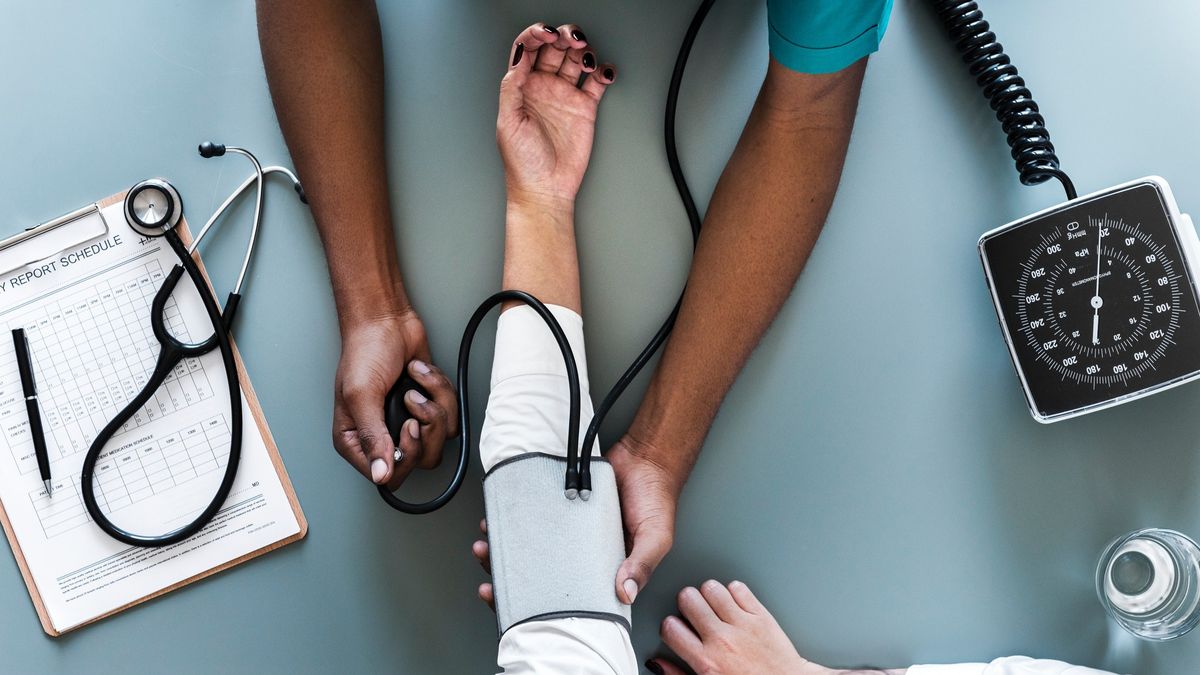EPOF.jpg
Epof: Rare Disease Awareness Day
According to WHO there are 300 million people in the world living with Epof. In Argentina, 3.6 million have at least one rare disease. 1 in 13 people and, on average, 1 in 4 families suffer the impact of living with a chronic disease that calls for greater visibility, inclusion and access to treatment. 70% of low prevalence diseases begin in childhood, are usually serious and can seriously put the lives of patients at risk. Some of them depend on being diagnosed early and treated properly.
For several years, the national laboratory gador spanning more than 20 healthcare therapeutic areas and specialty products, is working and investing in the development of possible treatments and pathways for some of these EPOFs.
“The visibility of rare diseases in society is critical, as people living with EPOF around the world are struggling not only to obtain a definitive diagnosis with access to treatment, but also to be able to integrate with their community in every way. areas” affirmed Alfredo Weber, General Director of Gador.
What are the less frequent Epofs?
Within the EPOF, and with less diffusion, we can mention the Gaucher disease (Type 1) and Autosomal Dominant Polycystic Kidney Disease (ADPKD)
the disease of Gaucher It is a genetic, hereditary, chronic and progressive disorder that in the population presents one case every 40 thousand people. It is a dysfunction in the degradation capacity of an enzyme called glucocerebrosidase, and this situation generates accumulation of fatty substances in different organs such as: liver, spleen, lungs and bones.
“In the future, Gaucher disease can be detected by neonatal screening, so that the patient starts treatment as soon as possible and avoids cellular infiltration by Gaucher cells, which are the ones that cause organic damage,” explains the Dr. Paola Reichel, specialist in oncohematology (MM: 93106; MP: 2088) and clarifies: “The diagnosis of Gaucher disease is simple, it is confirmed with the result of glucocerebrosidase deficiency, an easy and practical method, for which only one drop is needed of patient’s blood on a filter paper”.
Patients usually present different symptoms and signs such as: enlarged spleen and liver, pain and bone fragility, anemia, fatigue, bleeding problems and bruising. Generally, hematologists usually recognize this pathology, and although there is still no definitive cure, there are different treatments that can help treat this disease.
The treatment that is gaining ground worldwide for adult patients, is the Substrate Reduction Therapy (TRS), supplied orally and which simply requires taking one or two tablets a day. An option that is very beneficial since it is non-invasive, safe and effective, contributes to adherence and without altering the patient’s daily life habits.
Autosomal dominant polycystic kidney disease (ADPKD) It is a hereditary, systemic disease, with the presence of cysts not only in the kidneys, but also in other organs such as the liver, ovaries, among others. It is frequently associated with arterial hypertension, intracranial aneurysms and cardiovascular diseases.
It is characterized by the presence of multiple cysts in both kidneys, which grow in size, causing patients to present various symptoms such as: abdominal bulging; pain; urinary tract bleeding due to ruptured cysts; Urinary infections; altering people’s quality of life.
“The most relevant thing about ADPKD is that it is the most common hereditary kidney disease. In our country, it is the sixth cause of admission to dialysis, with a prevalence of 6.3% according to SINTRA and INCUCAI. In general, it is diagnosed by family history or by resorting to different confirmation methods such as imaging diagnosis (whether ultrasound, computed tomography or magnetic resonance) and also by genetic test, “explains the Dr. Gastón Álvarez, doctor specializing in internal medicine and nephrology (MN: 99542; MP 2509).
“In general, it is usually detected before the age of 30 and due to related complications such as abdominal pain, bleeding or urinary tract infection. There have been great advances, with various drugs under development and research, but so far there is only one molecule that has been shown to be safe and effective for the treatment of ADPKD (Kidney week 2022, Orlando, USA),” added Álvarez.
“Currently, thanks to the commitment of the national pharmaceutical industry, it is possible to offer this treatment in our country with an enormous benefit for patients: accessibility at a lower cost. By international consensus, the treatment is indicated in adults with chronic kidney disease (CKD). ) in stage 1 to 4 at the start of treatment and with signs of rapidly progressing disease,” he clarified.
Science continues to advance in the development of more accessible treatments for rare diseases with the aim of improving the quality of life of these patients who suffer from these chronic pathologies.
Source: Ambito
I am an author and journalist who has worked in the entertainment industry for over a decade. I currently work as a news editor at a major news website, and my focus is on covering the latest trends in entertainment. I also write occasional pieces for other outlets, and have authored two books about the entertainment industry.




